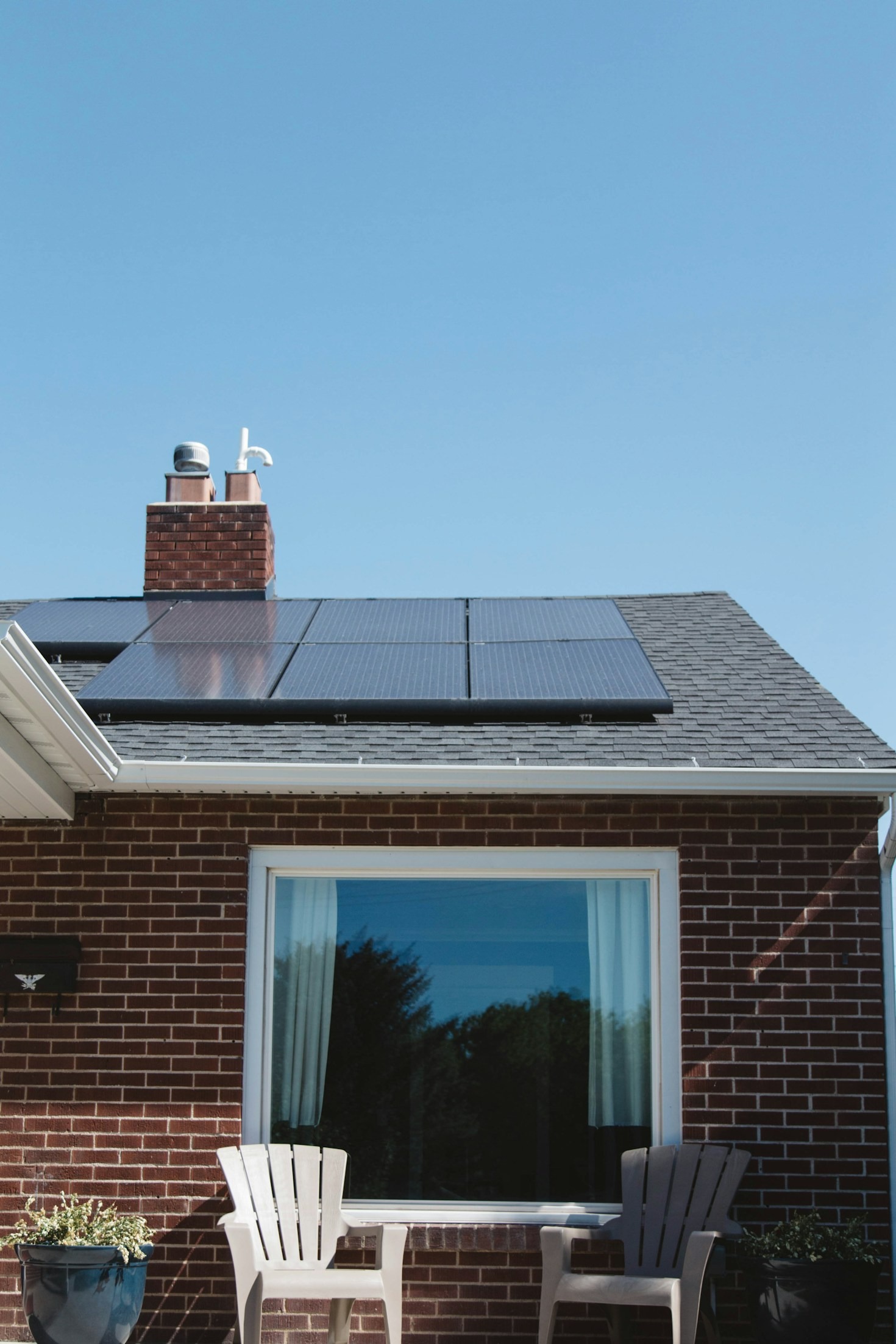Energy efficiency is a topic surrounded by many myths and misconceptions that can prevent individuals and businesses from making informed decisions. These myths often create confusion about what energy efficiency truly means, how it works, and the benefits it offers. By debunking common myths, we can better understand the importance of adopting energy-efficient practices and technologies that save money, reduce environmental impact, and promote sustainable living.

Myth 1: Leaving lights on uses less energy than frequently turning them on and off.
- Fact: Turning lights on and off uses a negligible amount of energy compared to the energy they consume when left on. It’s always better to turn off lights when leaving a room.
Myth 2: Closing vents in unused rooms saves energy.
- Fact: Closing vents can disrupt the airflow and pressure balance of your HVAC system, potentially making it work harder and less efficiently. Instead of closing vents, consider a zoning system for more targeted heating and cooling.
Myth 3: Lowering the thermostat dramatically heats or cools your home faster.
- Fact: HVAC systems heat or cool at a constant rate, regardless of the thermostat setting. Setting the thermostat to an extreme temperature simply makes the system run longer, not faster.
Myth 4: Appliances don’t use energy when turned off.
- Fact: Many appliances, even when turned off, continue to draw a small but significant amount power if they’re plugged in. This is sometimes called “phantom load” or “vampire power”. This hidden energy usage can add up over time, leading to higher electricity bills and unnecessary energy waste. Unplugging devices or using energy saving power strips can help eliminate this unnecessary energy consumption.
Myth 5: Hand-washing dishes uses less energy than a dishwasher.
Fact: Modern dishwashers, particularly those equipped with advanced energy-efficient settings, often use less water and energy compared to washing dishes by hand, especially when a significant amount of hot water is involved.


What We’ve Learned
At a time where we are all becoming more aware of the need to be more efficient in our homes-in the face of rising energy usage and prices-we must confront the misconceptions we have been taught about best practices in home energy efficiency. Hopefully, the insights shared throughout this article highlight the importance of embracing change, staying informed, and taking proactive steps to improve our homes and our carbon footprint.


Leave a Reply